
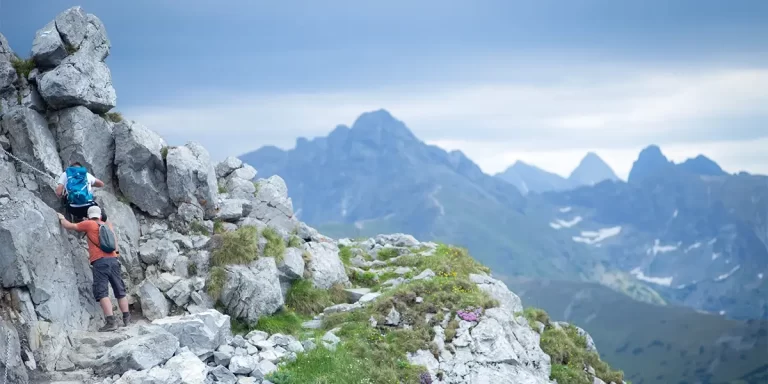
Backpacking in Poland offers a unique blend of natural beauty and rich cultural heritage for outdoor enthusiasts. From the towering peaks of the Tatra Mountains to the pristine forests of the Bialowieza National Park, Poland boasts a diverse array of landscapes to explore.
This post is dedicated to backpacking in Poland, where we’ll provide you with essential tips to help you prepare for your adventure and showcase the TOP 5 multi-day trails that will leave you spellbound.
Are you ready? Let’s embark on this exciting journey.
Here are the premier multi-day trails in Poland that provide the greatest rewards:
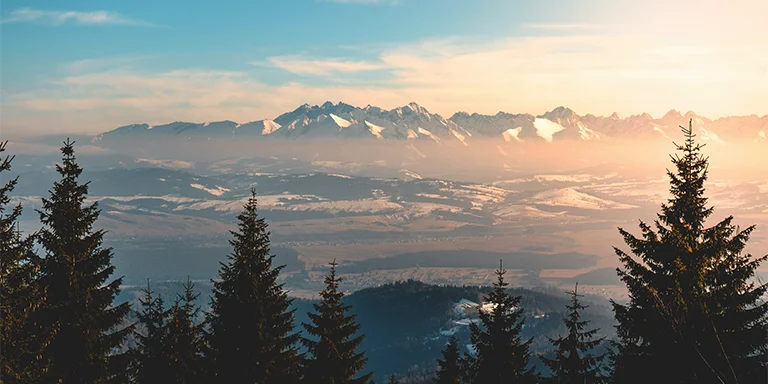
Length: 29.7 mi / 47.8 km
Type: Loop
Difficulty: Hard
Elevation Gain: 5521 ft / 1682 m
Location: Gorce National Park
Estimated Hiking Calorie Burn: 3670 calories
More Details: See on AllTrails
This scenic 29.7-mile loop trail near Poręba Wielka in Lesser Poland is a challenging backpacking route that takes about 14 hours to complete. Passing through the diverse landscapes of Gorce National Park, highlights include the valleys of Turbacz Creek and Olszowy Potok, the peaks of Tobolów and Obidowa, mountain huts, and the beautiful Kamienica Valley. Expect solitude while exploring this picturesque trail perfect for hiking and backpacking from April to October.
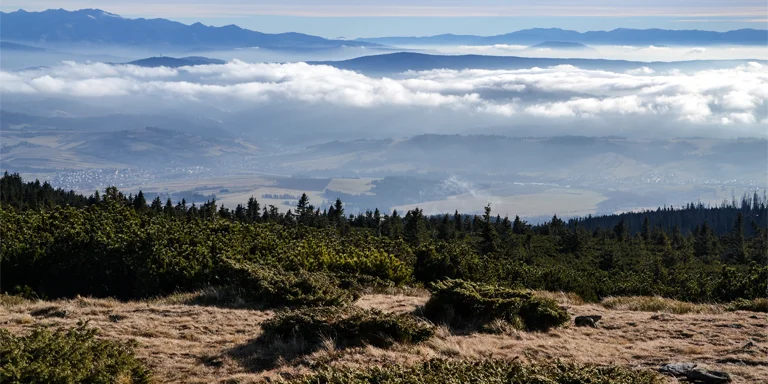
Pudelek, CC BY-SA 4.0, via Wikimedia Commons
Length: 30.7 mi / 49.4 km
Type: Out and back
Difficulty: Hard
Elevation Gain: 7788 ft / 2374 m
Location: Żywiecki Park Krajobrazowy
Estimated Hiking Calorie Burn: 4000 calories
More Details: See on AllTrails
This challenging 30.7-mile out-and-back trail near Węgierska Górka, Silesian takes about 17 hours to complete. Highlights of the trail include steep ascents, partial paved sections, scenic views, and shelters at Hala Boracza and Lipowska. Despite its popularity, quieter times allow for peaceful solitude. The demanding trek with rewarding vistas is best attempted from spring through fall.
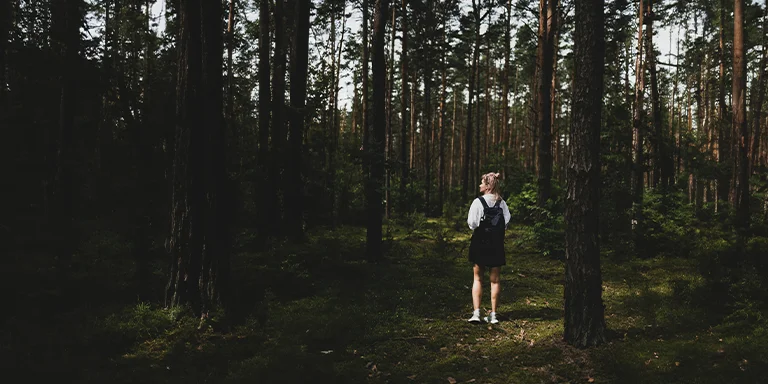
Length: 30.7 mi / 49.4 km
Type: Point to point
Difficulty: Hard
Elevation Gain: 2568 ft / 783 m
Location: Kampinos National Park
Estimated Hiking Calorie Burn: 3480 calories
More Details: See on AllTrails
This challenging 30.7-mile point-to-point trail near Łomianki, Masovian takes around 11 hours to complete. Passing along the southern edge of Kampinos National Park, highlights include wilderness museums, swampy meadows, forests, monuments, and a botanical garden. Popular for backpacking, hiking, and running year-round, the blue-marked trail offers solitude during quiet times along with scenic beauty. The route can be done in both directions or divided into shorter segments.
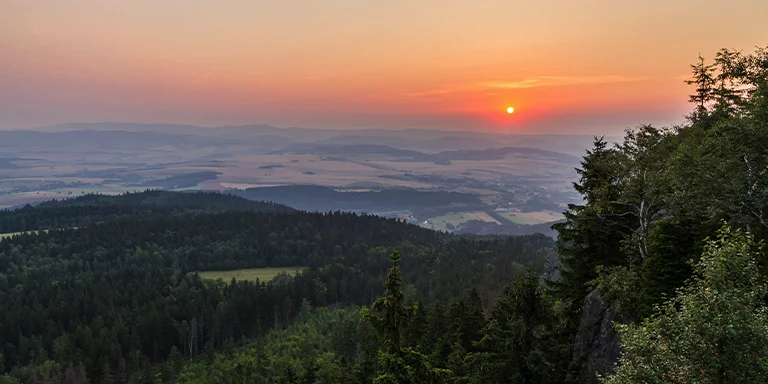
Length: 83.4 mi / 134.2 km
Type: Point to point
Difficulty: Hard
Elevation Gain: 19 258 ft / 5870 m
Location: Little Beskids Landscape Park
Estimated Hiking Calorie Burn: 9300 calories
More Details: See on AllTrails
This challenging 83.4-mile point-to-point trail near Bielsko-Biała, Silesian takes about 43 hours to complete. Located in the sparsely populated Little Beskids Landscape Park, highlights include peaks like 933m Czupel and conditions like flooded and muddy trails. Backpackers can experience solitude while exploring the mountains, ridges, valleys, and villages along this scenic route best hiked from spring through fall.
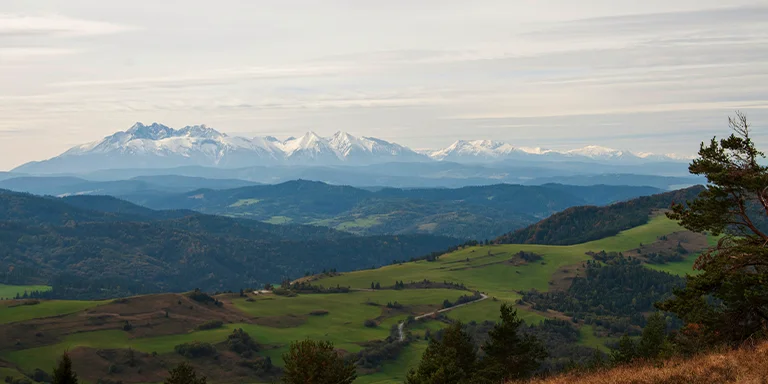
Length: 36.5 mi / 58.7 km
Type: Point to point
Difficulty: Hard
Elevation Gain: 6302 ft / 1921 m
Location: Poprad Landscape Park
Estimated Hiking Calorie Burn: 4460 calories
More Details: See on AllTrails
This challenging 25.7-mile loop trail near Szczawnica in Lesser Poland takes around 14 hours to complete. Located in the scenic Poprad Landscape Park, highlights include solitude while backpacking, hiking, or mountain biking through the Poprad River gorge and surrounding Beskid mountain landscapes. Expect few people while exploring this area known for the towering Carpathian Mountains and picturesque villages. Ideal from spring through fall.
Poland experiences a varied climate, and the weather can differ significantly depending on the season and region. Generally:
Before selecting your equipment, examine the weather information for Poland (Sniezka).
| Jan | Feb | Mar | Apr | May | Jun | Jul | Aug | Sep | Oct | Nov | Dec | |
|---|---|---|---|---|---|---|---|---|---|---|---|---|
| High °F | 26 | 25 | 29 | 37 | 45 | 51 | 55 | 55 | 47 | 40 | 34 | 28 |
| Low °F | 17 | 16 | 20 | 28 | 35 | 41 | 45 | 46 | 38 | 31 | 25 | 19 |
| Rain/Snow (D*) | 16 | 15 | 17 | 15 | 17 | 18 | 18 | 15 | 13 | 12 | 14 | 17 |
Not sure if Poland is right for you?
Don’t forget to check out our backpacking guides for Germany and Slovakia.
When backpacking in Poland, campfires are allowed if built in designated fire pits at paid campgrounds. Use only dead fallen wood from the forest floor in a small, contained fire. Be sure to drown the fire thoroughly with water and stir the ashes until cold before breaking camp to fully extinguish it. Always check rules as some areas ban fires during dry periods.
When planning hiking and backpacking trips in Poland, carefully research your route, avoid remote treks alone, and tell others your plans for safety. Carry essential gear like maps, compasses, warm and waterproof layers, and hiking boots to withstand wet, cold, and muddy conditions on trails. Check if permits are required for certain protected natural areas. Take caution near steep ledges when trekking in the Tatra Mountains and exercise extreme care in identifying edible mushrooms. Knowing some basic Polish phrases can help overcome any language barriers in seeking help. Overall, be prepared for the changeable weather and terrain to enjoy Poland’s scenic trails while trekking responsibly through cities and nature.
When hiking or backpacking in Poland, be alert for wildlife like bears, wolves, and wild boar. Make noise as you walk to avoid surprising animals. Give them space and do not approach, feed, or try to interact with wildlife. Be extra cautious in areas like Bialowieza Forest where larger animals are more prevalent. Keep food stored properly at night to avoid attracting bears or wolves. Watch for ticks after hiking and wear repellent to prevent Lyme disease. If you encounter aggressive wildlife, back away slowly without sudden movements. Make yourself appear large and back away while facing the animal. Report any bear or wolf sightings to authorities.
U.S. citizens do not need a visa to visit Poland for tourism or business purposes and can stay in the country for up to 90 days. They only need a valid passport to enter Poland. For stays longer than 90 days within a 180 day period, U.S. citizens will have to apply for a Polish temporary residence permit.